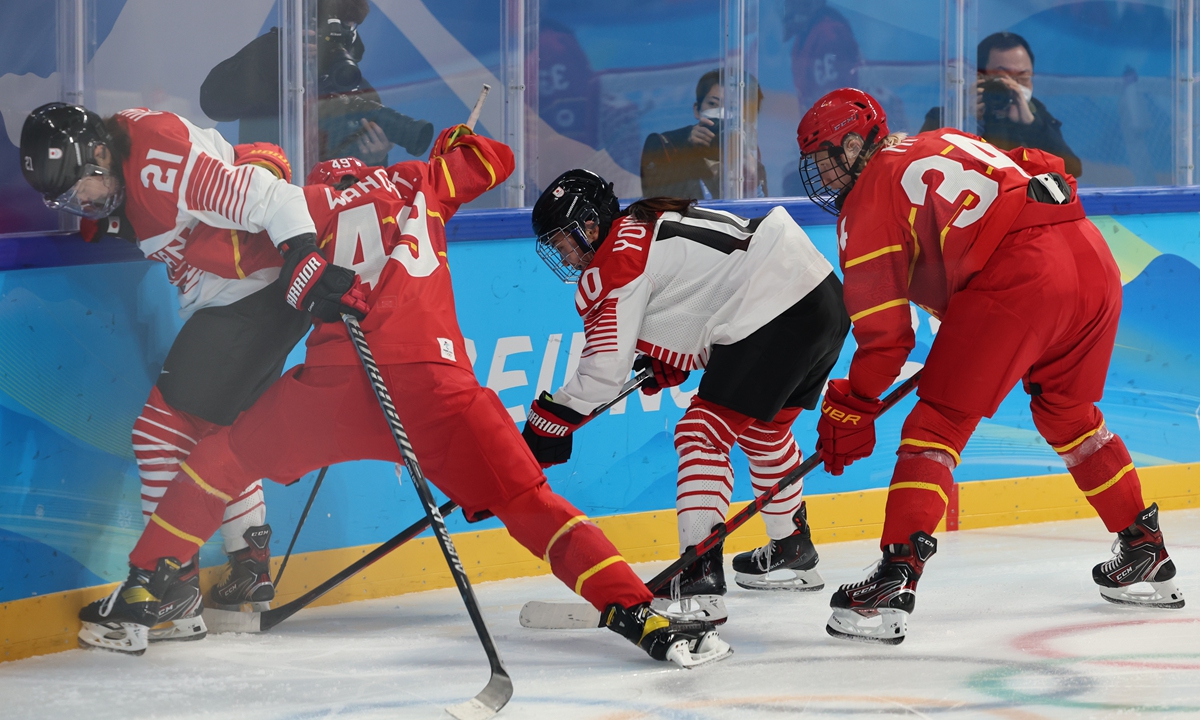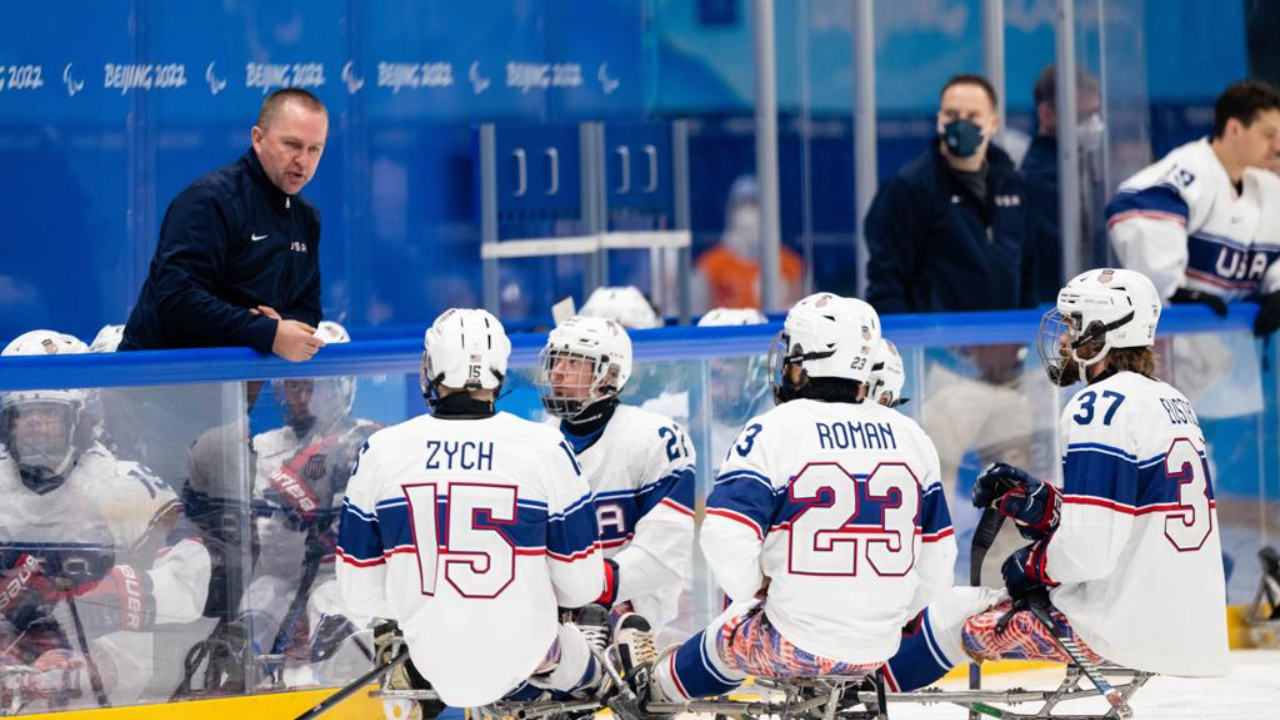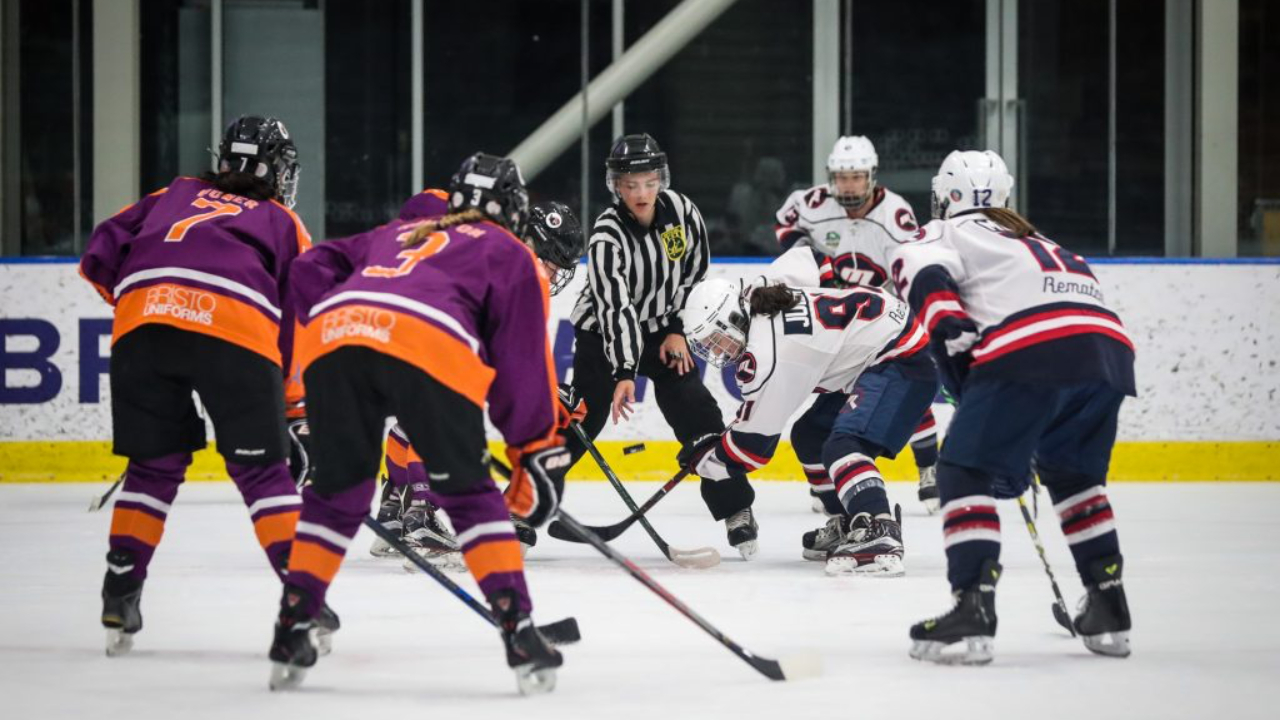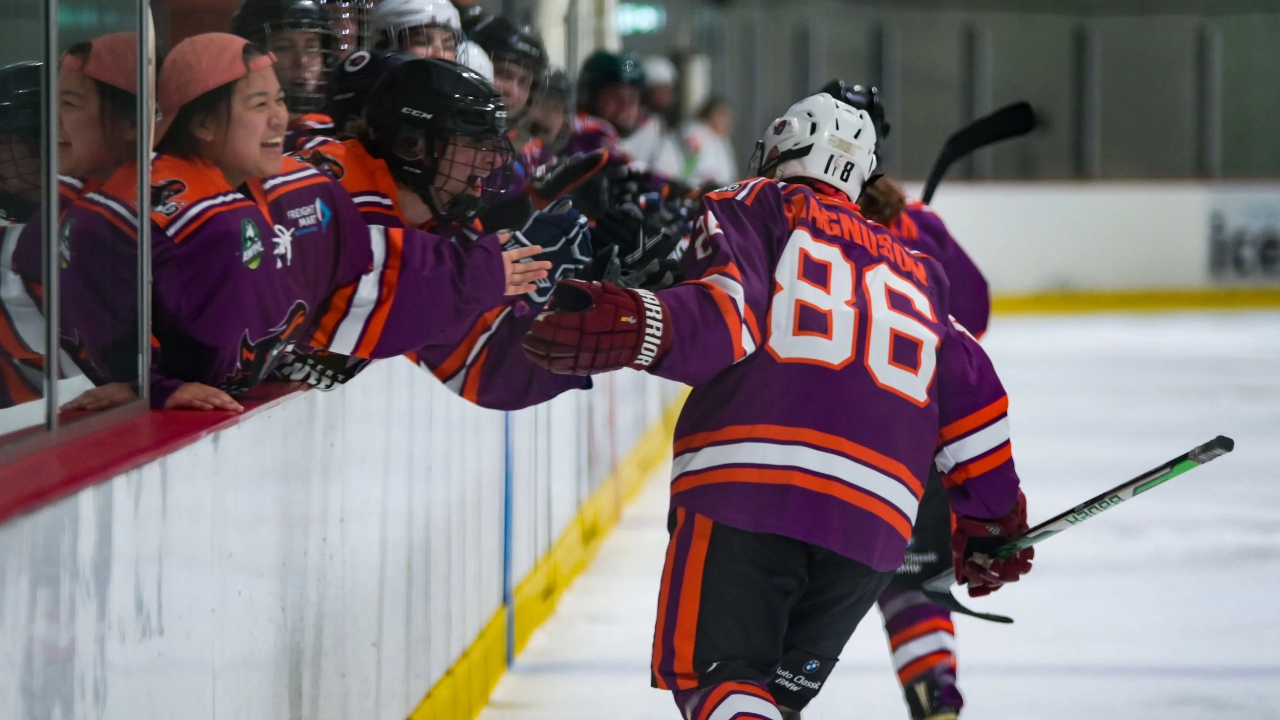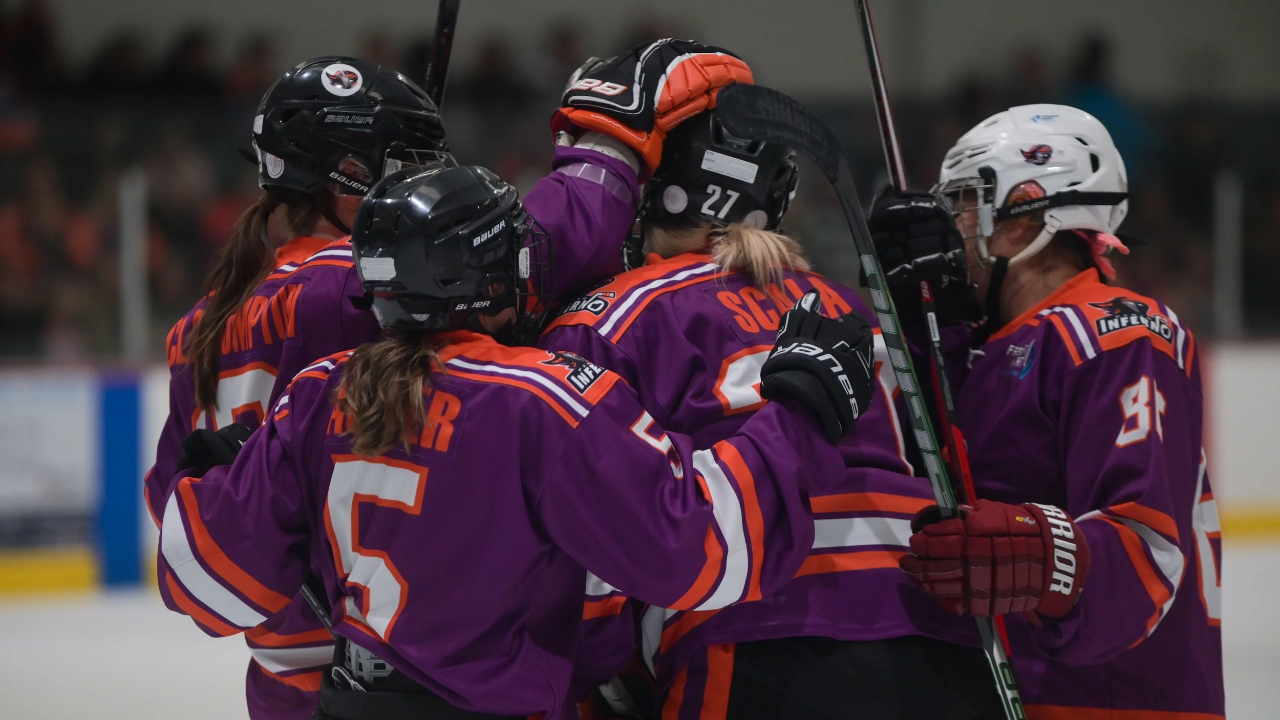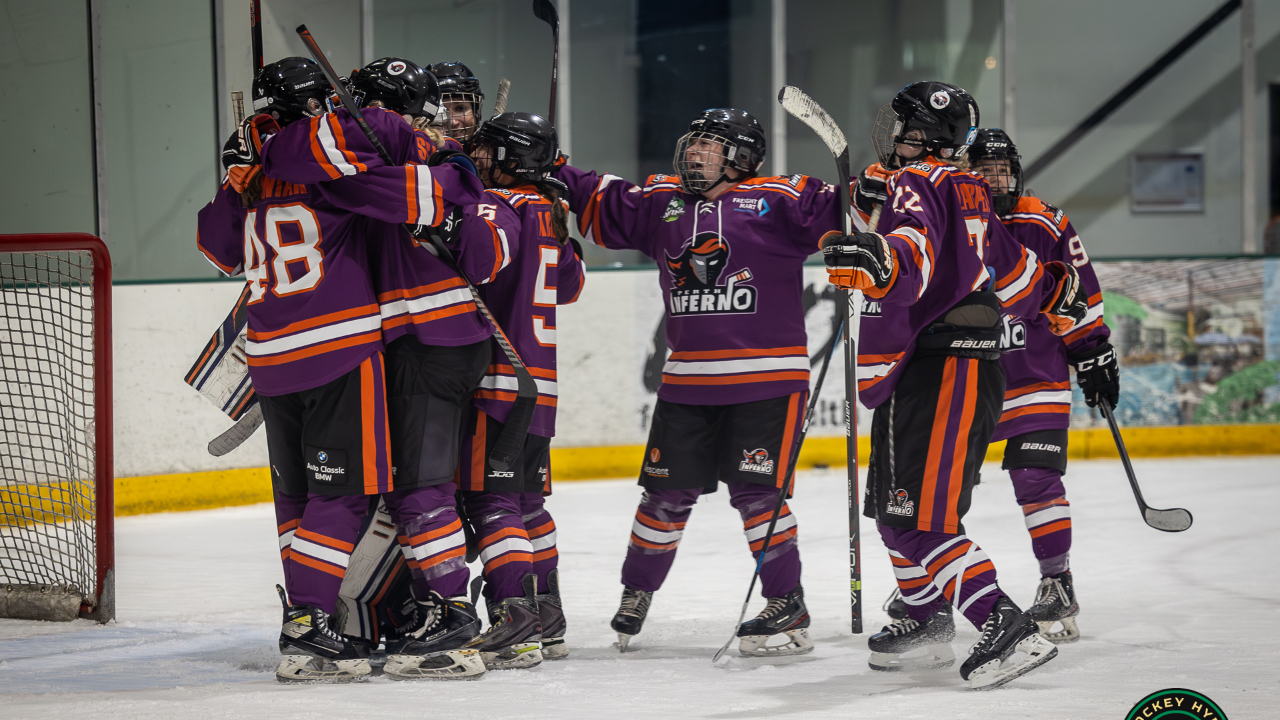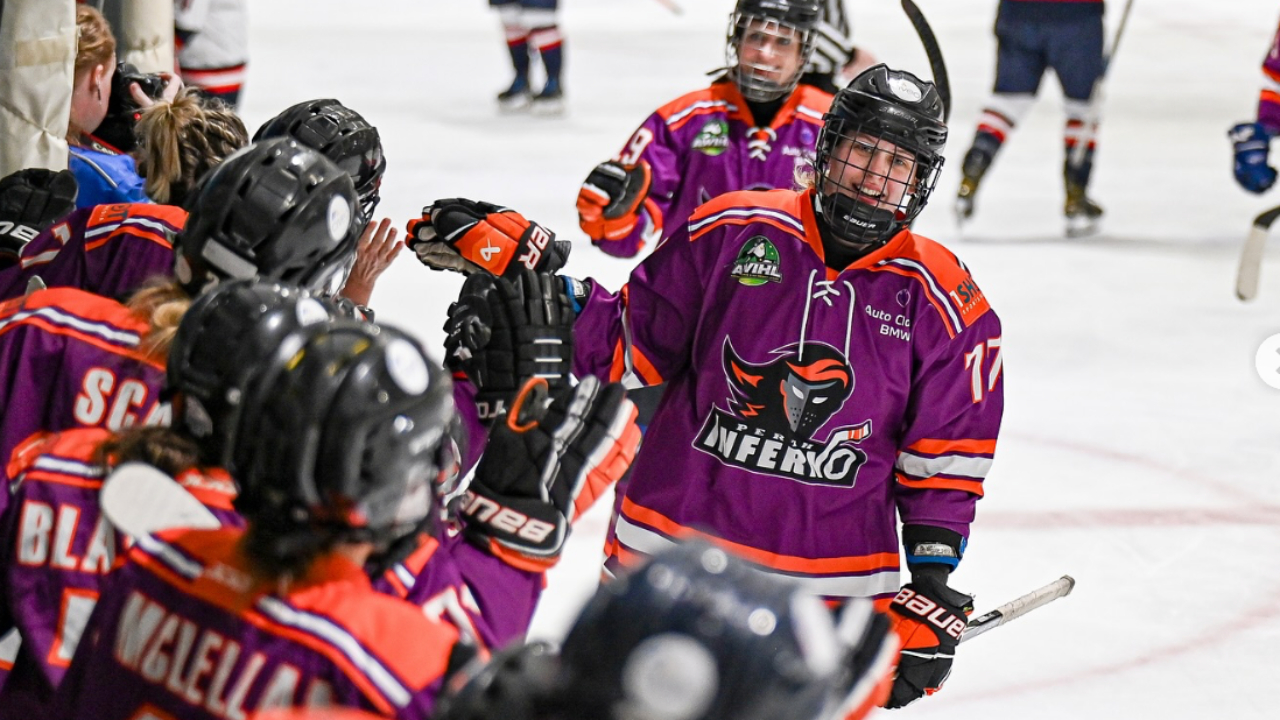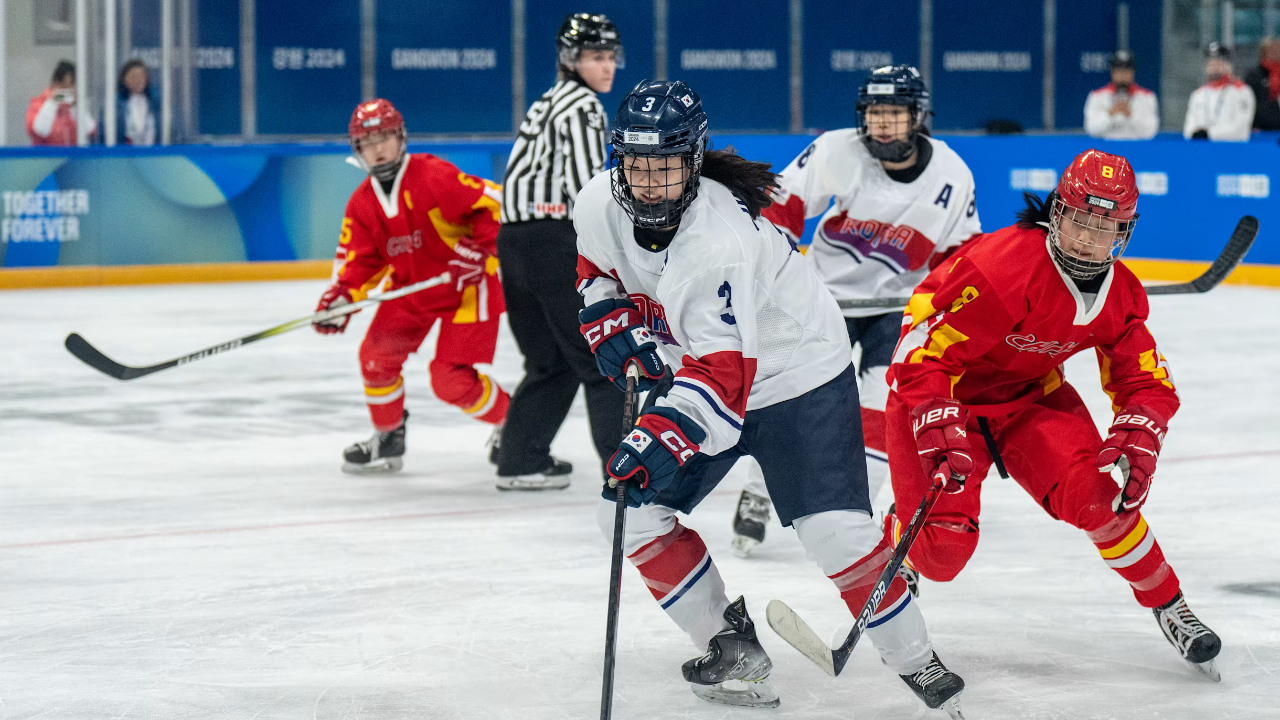
The Adaptive Coach: Designing Environments That Think Back
(4:5) Applied Chaos – Stories from the Ice
By Coach Barry Jones – IIHF Level 3 High Performance | USA Hockey Level 3 Performance | Head Coach, Perth Inferno (AWIHL)
- Part 1 - The Adaptive Coach : How We Think, How We Play
- Part 2 - The Adaptive Coach : Designing the Map – Creating Safety in Chaos
- Part 3 - The Adaptive Coach : Safe to Fail – Coaching the Sequential Mind in an Ecological World
- Part 4 - The Adaptive Coach: Applied Chaos – Stories from the Ice
- Part 5 - The Adaptive Coach: Adaptable Reflection – Creating Environments That Learn in Real Time
When Theory Meets the Ice
Every framework looks clean on paper.
Then you drop the puck, and everything you thought was linear starts bending.
That’s where this series was born, not in theory, but in the mess of applied chaos.
Because understanding how athletes think means nothing until you see it under pressure, when emotion, cognition, and environment collide.
Story 1: The Net-Front Rewrite
Earlier in the season, I ran a session focused on net-front support inside our Role Ecology model.
The goal was simple: help players recognise and occupy “support zones” dynamically instead of statically.
I wanted them to read cues, not positions.
The task failed early. The intuitive players explored space, but the sequential ones froze.
They didn’t lack effort; they lacked orientation.
We debriefed. They weren’t confused about hockey; they were confused about purpose.
So the next session, I reframed it:
“We’re learning how to support the puck in a way that forces defenders to make poor reads.”
That ten-second “why” gave the sequential reasoners permission to explore.
Suddenly, the same task that had failed the week before became alive with discovery.
The chaos didn’t disappear; it finally meant something.
Story 2: The Leadership Circle
Mid-season, I noticed something in our leadership group.
The intuitive players were comfortable leading through presence, doing first, and explaining later.
The sequential players led through a process, clarifying expectations before acting.
Both styles had value, but they often misread each other.
The intuitives saw hesitation; the sequentials saw recklessness.
We fixed it by creating shared language, themes, not rules.
Instead of telling them how to lead, we defined the purpose of leadership inside the Inferno culture:
“To make the team’s decision-making faster, not louder.”
That statement bridged the cognitive gap.
The intuitives had room to act, and the sequentials had clarity to guide.
Leadership became ecology, adaptive, relational, and alive.
Story 3: The Failing Drill That Worked
During a Blaze Development session, I ran a 3v3 small-area game with evolving constraints.
After 10 minutes, everything collapsed, with poor spacing, no communication, and frustration everywhere.
I was about to scrap it when one player said, “Coach, I think we need a map.”
That line stopped me cold.
She didn’t mean a literal diagram; she meant context.
So we paused, identified the core problem (transition support), and rebuilt the game with that purpose visible.
Same game. Same chaos.
Different meaning.
Within minutes, the energy shifted from frustration to curiosity.
Players started talking to the game instead of about the game.
That’s when I realised the failure wasn’t instructional; it was emotional.
They weren’t scared of making mistakes; they were scared of not knowing what the mistakes were teaching.
Story 4: The Goalie Who Found Flow
One of our female goalies struggled to translate her technical skill from training into games.
In controlled drills, she looked unstoppable, with sharp movements, perfect angles, and precise technique.
But in live play, she froze.
It wasn’t nerves. It was noise.
Traditional reps gave her repetition but not representation; she could execute the motion, but not interpret the situation.
So we flipped the script.
Instead of isolating technique, we designed ecological reps, unpredictable puck movement, traffic, screens, and game-like chaos.
But before each rep, I framed the why:
“We’re not training to repeat the movement. We’re training to read the moment.”
That shift gave her permission to fail with curiosity instead of fear.
She started treating every shot as information, each deflection a message from the environment.
Slowly, her game changed.
She began moving less but reading more.
By the end of the season, she earned a shutout at Nationals, not because she mastered the drill, but because she learned to master the noise.
Her growth wasn’t about reaction speed; it was about cognitive safety.
Once she understood what the chaos was teaching, she no longer needed control to feel confident.
The Thread That Connects It All
Across every example, Inferno, Blaze, leadership, or goaltending, one principle repeats:
Chaos isn’t the teacher. Meaning is.
For sequential thinkers, meaning creates safety.
For intuitive thinkers, safety creates freedom.
When those overlap, you get a team that can play with both discipline and discovery.
Closing Reflection
Coaching through chaos is easy.
Coaching through difference is hard.
It demands empathy, patience, and design.
But when you honour how each athlete sees the world, the game stops being a test of control and starts becoming a celebration of cognition.
Different minds don’t divide teams; they diversify solutions.
That’s not philosophy; that’s performance.
“Chaos isn’t the enemy. The absence of meaning is.”
Author Bio: Barry Jones is an IIHF Level 3 High Performance Coach and USA Hockey Level 3 Performance Coach. He currently serves as Head Coach of the Perth Inferno (AWIHL) and leads the Blaze Development Program. His work blends ecological dynamics, nonlinear design, and athlete-centred leadership to build adaptive teams that thrive in uncertainty.


